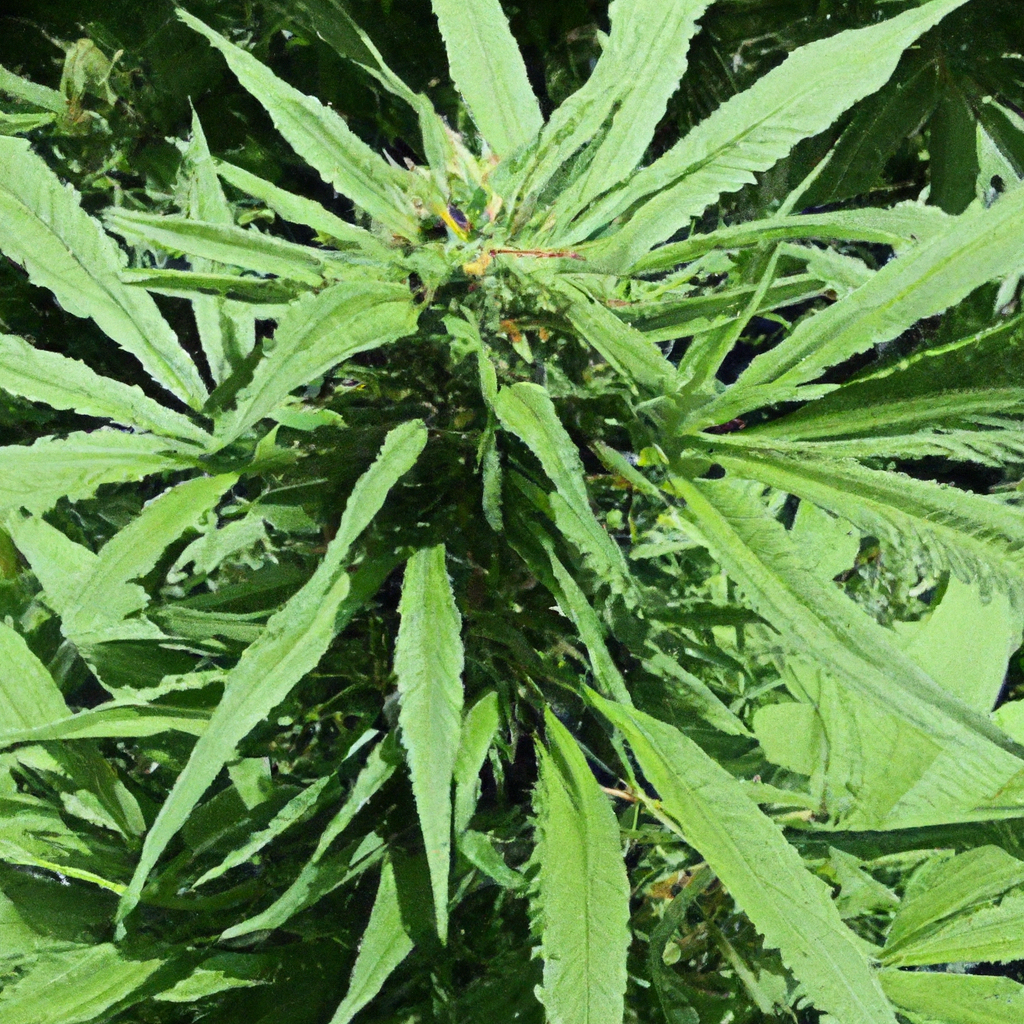Your cart is currently empty!
The cannabis plant has been recognized for its versatility and historical significance, but its role in
biodiversity is often overlooked. As the cannabis industry evolves, understanding its impact on
ecosystems becomes crucial. This exploration delves into the relationship between cannabis cultivation
and biodiversity, benefiting both plants and the environment.
The Role of Cannabis in Ecosystem Building
Cannabis plays a pivotal role in enhancing biodiversity through its unique biological structure and
agricultural practices. Its deep root systems prevent soil erosion and increase soil stability, making it
a natural ally in sustainable agriculture. Moreover, the plant’s potential to replenish nutrients
highlights its importance in organic and regenerative farming methods.
Companion Planting: Building Healthy Ecosystems
Companion planting is an age-old agricultural technique that involves growing different crops in
proximity for mutual benefits. In cannabis cultivation, this practice not only aids the plant but
supports overall biodiversity. Here are some ways companion planting benefits cannabis:
- Pest Control: Certain companion plants repel pests that harm cannabis, reducing the
need for chemical pesticides. - Pollination Support: Flowering companion plants attract pollinators, enhancing the
health and yield of cannabis crops. - Soil Health: Leguminous companions fix nitrogen in the soil, which nourishes
cannabis and increases overall soil fertility.
Impact on Local Wildlife
Cannabis cultivation can positively influence local wildlife when done responsibly. Healthy cannabis
ecosystems provide habitats and food sources for a wide range of species, supporting biodiversity. This
has a ripple effect in maintaining balanced ecosystems, controlling pest populations naturally, and
providing wildlife corridors.
However, it is essential to monitor the cultivation impact to ensure it doesn’t lead to negative
ramifications such as habitat destruction or invasive species introduction.
Conclusion
The integration of cannabis in agricultural systems can indeed foster a healthy biodiversity when managed
sustainably. By adopting practices such as companion planting and mindful cultivation, cannabis not
only benefits the immediate agriculture but also extends its positive impact to the broader ecosystem.
Therefore, as cannabis continues to carve a niche in agriculture, its role in biodiversity
enhancement remains an invaluable asset.


Leave a Reply